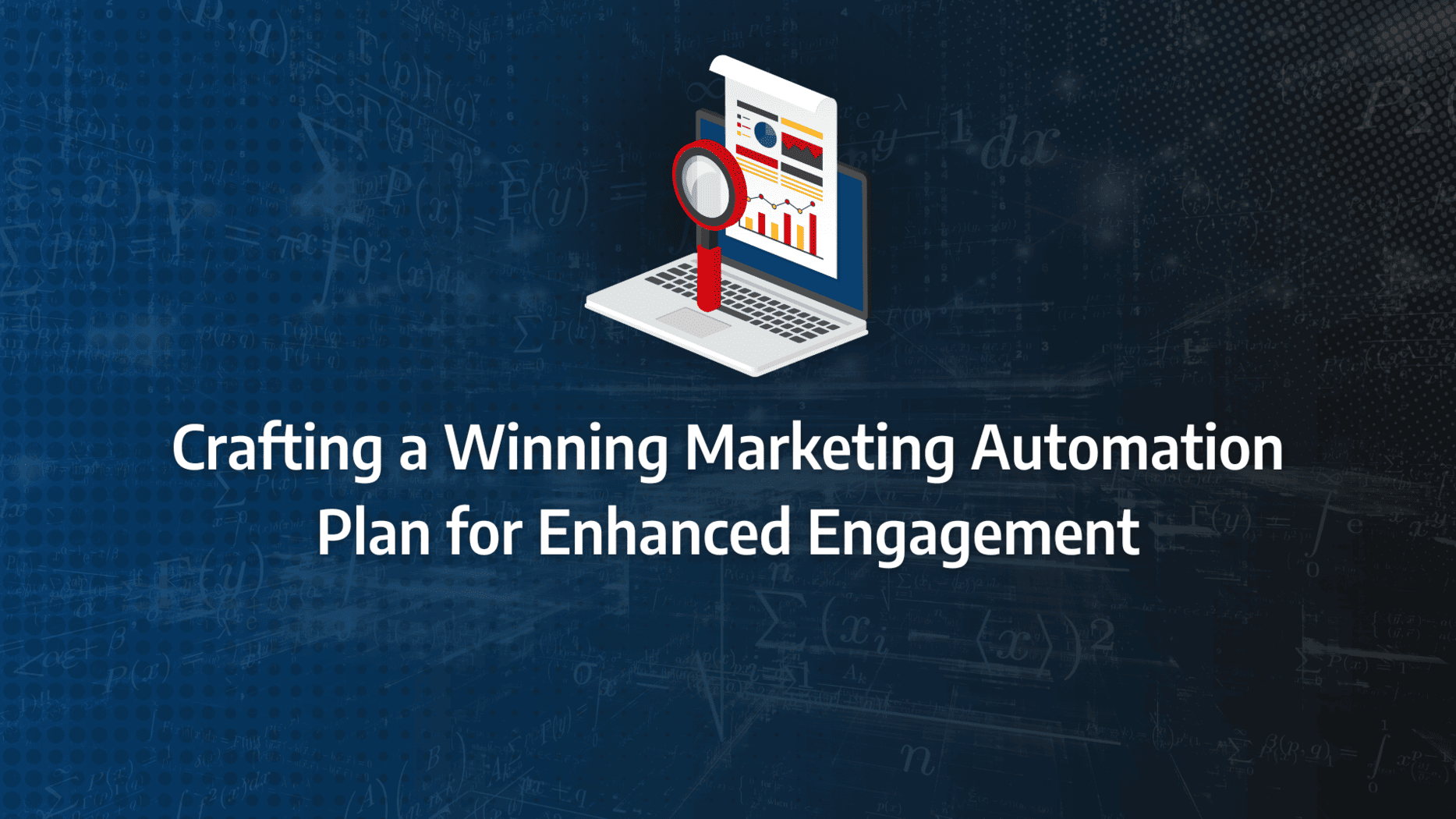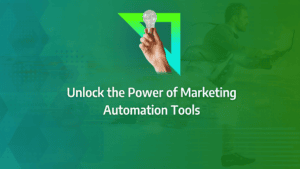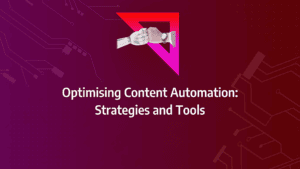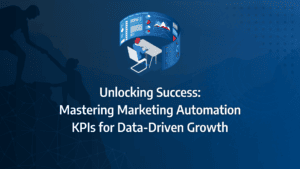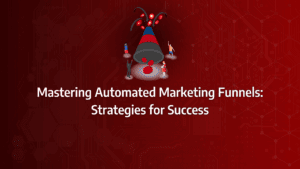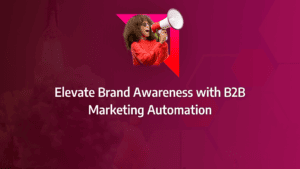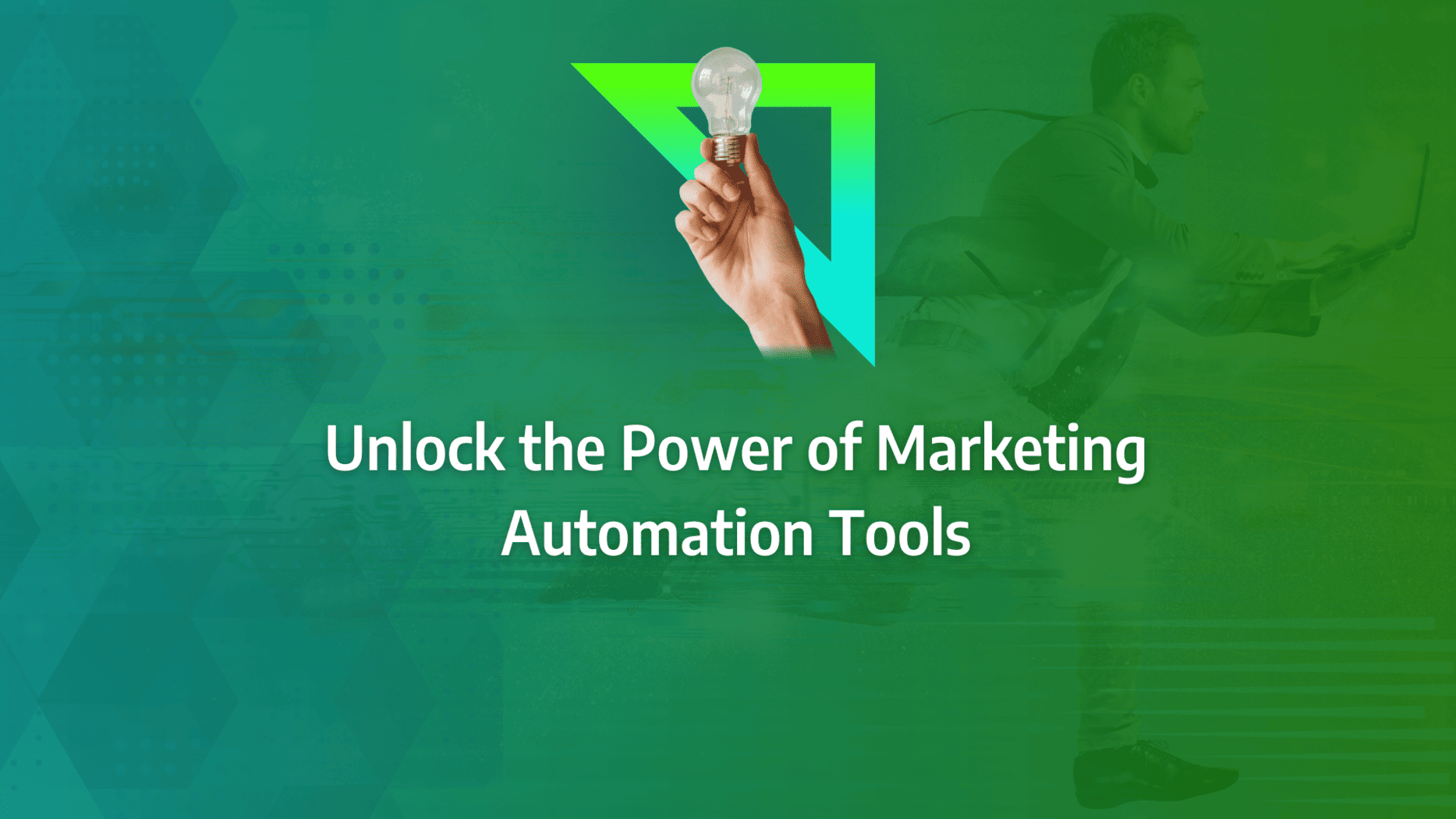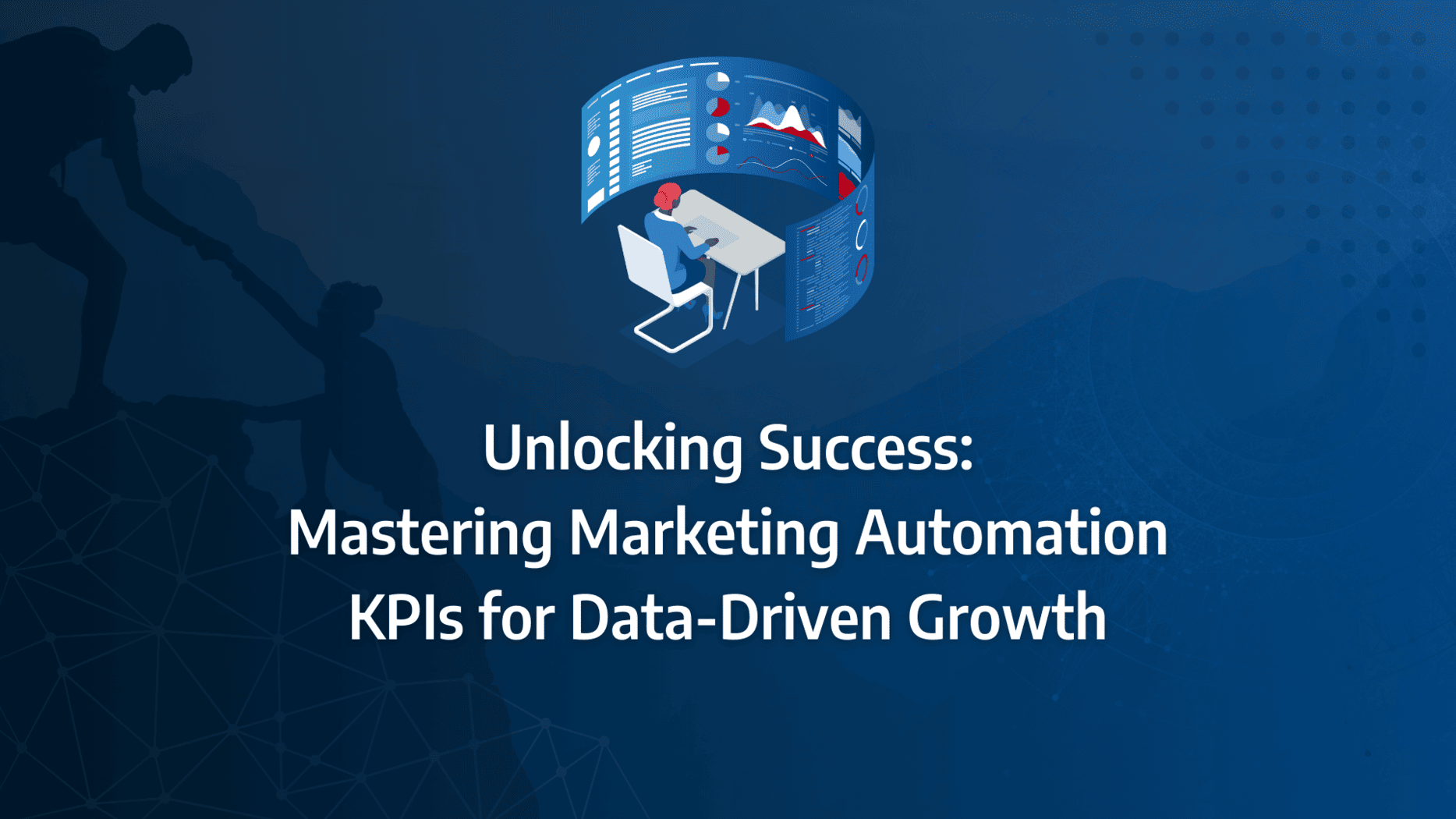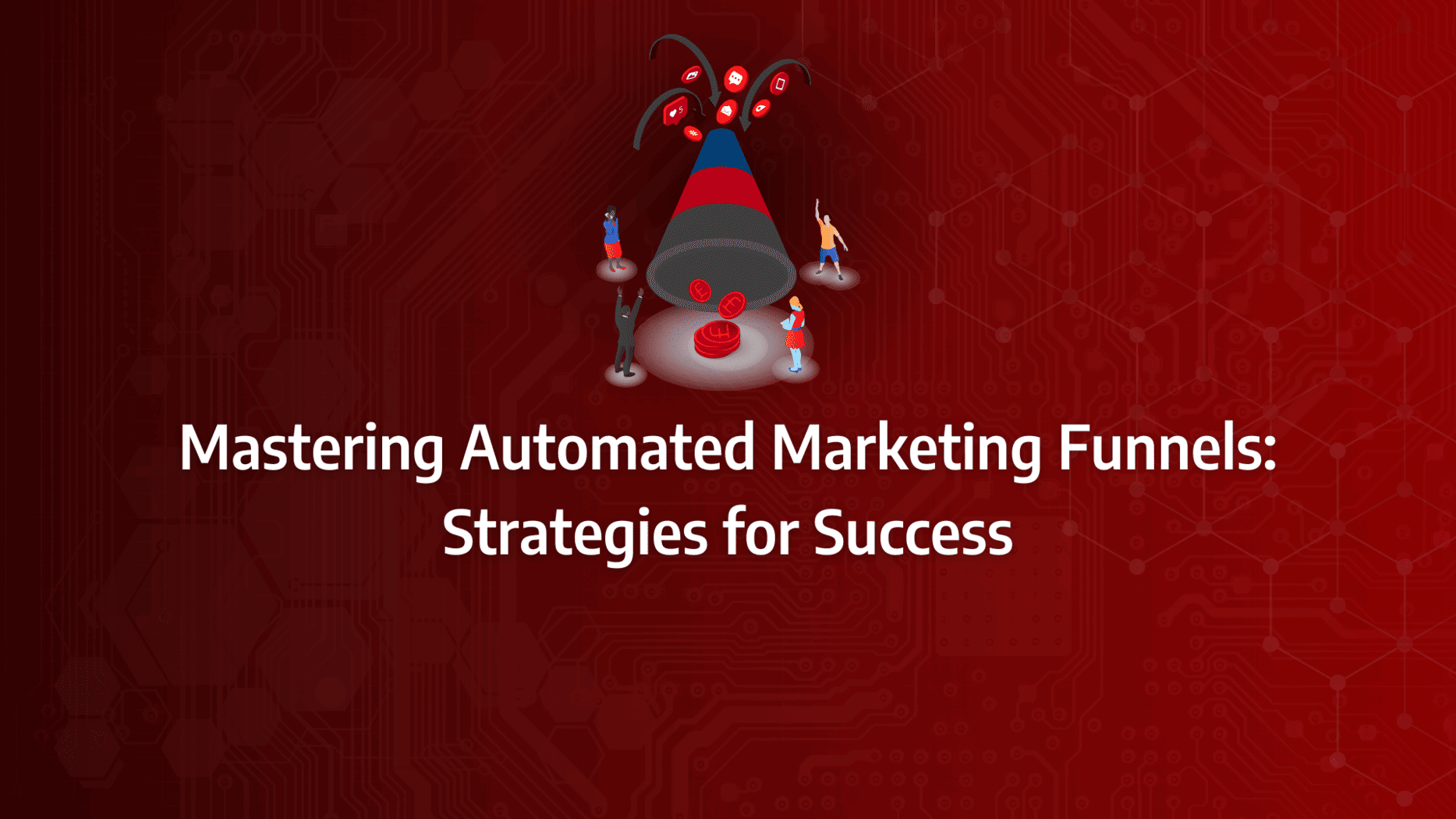Marketing automation is more than just a buzzword; it’s a strategic necessity for businesses aiming to scale their operations and deepen customer engagement. But what does a successful marketing automation plan look like, and how can you ensure yours hits the mark?
This blog delves into the intricacies of crafting a robust marketing automation plan, starting with the fundamentals—defining clear objectives and mapping out the customer journey. You’ll explore how personalisation plays a pivotal role in making your automated campaigns resonate, and discover the best practices for selecting and implementing the right tools.
- Strategic Planning is Key: Begin by setting clear objectives and mapping out the customer journey to ensure your marketing automation efforts are aligned with your business goals.
- Personalisation is Essential: Personalised messaging within your automation plan increases engagement and fosters stronger customer relationships.
- Data-Driven Tools Selection: Choose marketing automation tools that align with your specific business needs, allowing for data-driven decisions and more effective campaign execution.
- Step-by-Step Implementation: Follow a structured, step-by-step approach to implementing your marketing automation plan, from initial planning to optimisation.
- Overcome Common Challenges: Learn from case studies that highlight successful strategies for overcoming typical obstacles in marketing automation implementation.
What is a Marketing Automation Plan?
A marketing automation plan is a strategic approach that leverages specialised software to automate repetitive tasks across multiple channels, streamlining workflows and improving the consistency and relevance of the content reaching your target audience. This plan is crucial in ensuring your business operates efficiently, allowing teams to focus on high-impact activities while the automation takes care of the routine.
For B2B businesses, having a marketing automation plan has become indispensable. With it, you can manage tasks such as lead nurturing, segmentation, and email campaigns, all while ensuring your messaging is timely and personalised. The result? A significant improvement in customer engagement and operational efficiency.
The benefits are clear. Implementing a marketing automation framework not only saves time and resources but also boosts your ability to deliver targeted and dynamic content that resonates with your audience. This leads to higher conversions and, ultimately, a more substantial return on investment (ROI).
Let’s take a closer look at the data:
- 77% of businesses report increased conversions after adopting saas marketing automation.
- 30% of marketers highlight time savings as the most significant advantage, followed by lead generation (22%), revenue growth (17%), and customer retention (11%).
What Matters Most?
From our experience, the integration of marketing automation with the broader martech stack is often the linchpin for success, ensuring seamless data flow and maximising overall efficiency. Clients typically discover that focusing on aligning automation with the buyer’s journey allows for more targeted and effective engagement throughout the funnel. Additionally, we often find that embedding predictive analytics into the automation plan is crucial for anticipating customer needs and driving more informed decision-making, helping to future-proof the strategy and stay ahead of market shifts.Get In Touch
What Tasks Can Be Automated?
1. Publishing Content
Content publishing plays a pivotal role in building brand visibility by distributing valuable information through blogs, articles, or videos. This process is integral to helping potential customers discover and engage with your brand, much like signposts guiding them to your business.
However, maintaining a steady flow of fresh content can be demanding. Consistently generating ideas, crafting quality material, and adhering to a regular publishing schedule can lead to content fatigue. By incorporating a marketing automation plan, businesses can streamline these tasks, ensuring content is published on time while reducing the pressure on teams to manually manage every step. This boosts efficiency and enhances the overall impact of your content strategy.
2. Lead Scoring
Lead scoring is a powerful method of identifying which leads are most likely to convert. By assigning points to each lead based on their interactions—whether it’s visiting your website, downloading resources, or responding to emails—this process helps prioritise prospects for your sales team.
Without a solid marketing automation framework to support lead scoring, your team may spend too much time chasing leads that aren’t ready to buy, while overlooking those primed for engagement. Automating this system significantly improves the efficiency of your sales funnel, ensuring your team focuses on high-potential leads, which in turn boosts conversion rates and overall business growth.
3. Lead Segmentation
Effective lead segmentation allows you to group your leads into distinct categories, tailoring marketing strategies to suit the unique needs of each segment. This approach personalises your marketing efforts, delivering messages that resonate with each audience.
However, manual segmentation is time-consuming and prone to human error. Automating lead segmentation within your SaaS marketing automation system ensures precision and consistency, allowing you to create highly targeted campaigns that speak directly to your audience’s needs without the risk of misclassification or missed opportunities.
4. Customer Relationship Management (CRM)
Managing customer relationships effectively is essential for long-term business success, but manually tracking every piece of customer information can be overwhelming. A marketing automation system integrates all of your customer data into one centralised platform, making it easier to manage relationships, respond promptly to customer needs, and make informed decisions.
By automating CRM processes, you’ll not only streamline customer management but also improve the responsiveness and personalisation of your interactions. This leads to stronger customer relationships and a more efficient overall operation.
5. Customer Onboarding
Customer onboarding is a critical phase where first impressions are formed, and automation can ensure that every new customer has a seamless, consistent experience. By automating the onboarding process, you can ensure that each new customer receives a personalised welcome, along with detailed product information, in a timely and engaging manner.
For example, automation allows you to send out a series of onboarding emails that guide the customer through your product’s features or provide them with interactive tutorials as soon as they sign up. This personalised and automated approach not only enhances the customer experience but also builds trust and fosters long-term loyalty.
6. SEO Tasks
Search Engine Optimisation (SEO) is essential for improving your website’s visibility in search engine results, driving organic traffic, and increasing online presence. Automating SEO tasks such as keyword optimisation, performance analysis, and resolving technical issues can dramatically increase efficiency.
Utilising a marketing automation plan for SEO ensures that these processes are carried out consistently, helping your site climb the rankings, attract more visitors, and ultimately enhance your business’s reach.
7. A/B Testing
A/B testing allows you to compare two versions of a webpage or campaign to determine which performs better. While vital for refining your marketing efforts, manually running A/B tests can be time-consuming and cumbersome.
By automating A/B testing within your SaaS marketing automation platform, you can set up multiple variations, track results automatically, and quickly identify what resonates best with your audience. This process not only saves time but also ensures data-driven decisions are being made, helping to optimise conversion rates and improve the performance of your campaigns.
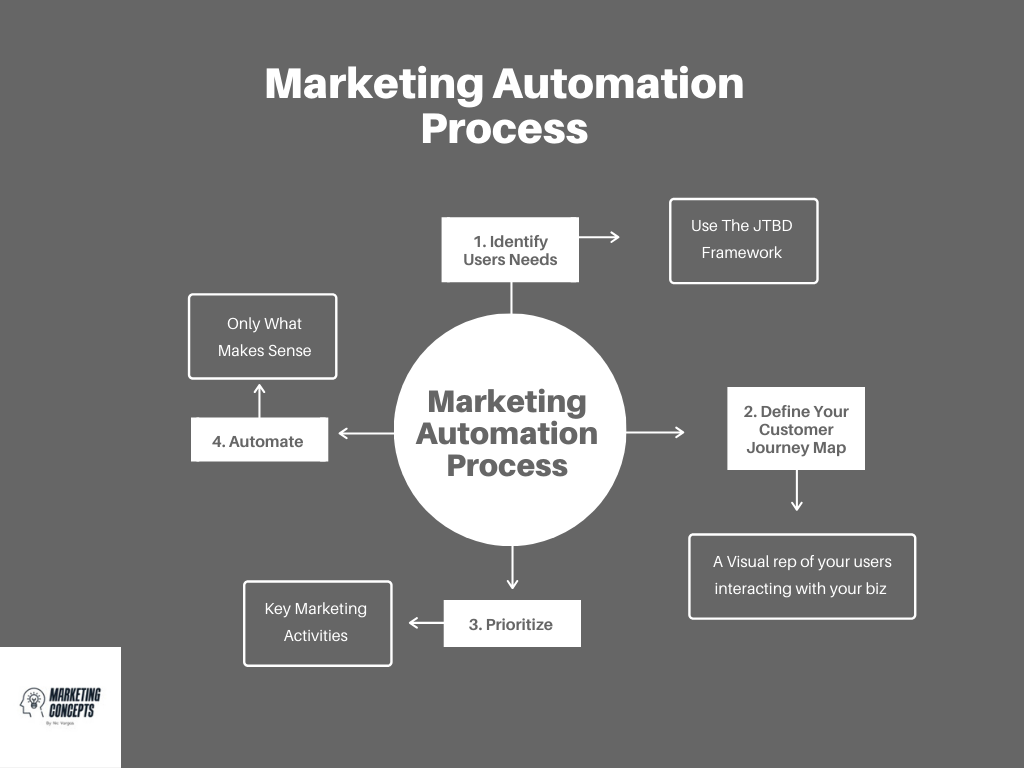
Step-by-Step Guide to Building and Implementing Your Marketing Automation Plan
Step One: Mapping Out the Customer Journey
The first step in creating an effective marketing automation plan is to map out your customer journey in detail, covering every stage from initial awareness through to loyalty and advocacy. Understanding where, why, and how your audience interacts with your brand is essential. This involves identifying key touchpoints, whether digital, in-person, or via telephone, and ensuring you capture data effectively at each stage.
Segmenting your audience by firmographics, demographics, and geography will further refine your understanding of different customer personas. These insights form the backbone of your marketing automation framework, enabling tailored communication that speaks directly to each audience’s needs.
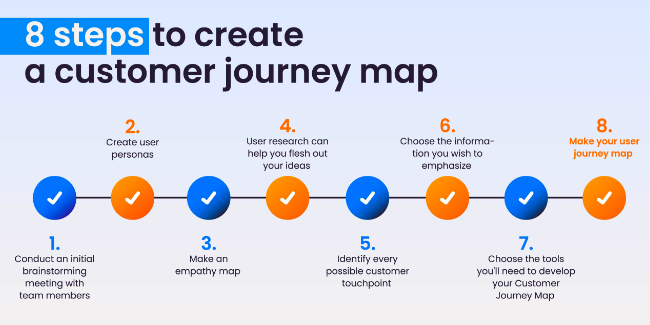
Step Two: Identifying the Perfect Moments to Engage
Once you’ve mapped the customer journey, it’s time to pinpoint the optimal moments for engagement. At each digital touchpoint, you should assess how you can effectively communicate with your audience. This may involve retargeting anonymous website visitors with relevant display ads or using pop-ups to offer valuable content.
A well-structured SaaS marketing automation platform will help you identify when a lead’s interest peaks. For instance, sending an automated email to known website visitors once they hit a scoring threshold indicates they’re primed to engage. The key is prioritising the most valuable interactions—what’s critical here is ensuring your strategy enhances each stage of the customer journey.
Ask yourself:
- What behavioural data can I leverage to guide my communications?
- Are there any gaps in my communication that automation could fill? For example, inconsistent welcome emails that rely on the sales team’s memory to send.
- Which routine communications can be automated to free up valuable resources for other tasks?
Source: Adestra
Step Three: Tailoring Your Messages
With a clear view of your customer journey, the next step is crafting messages that fit your audience like a glove. This is where automation truly excels—using data to deliver highly personalised campaigns.
Here are some examples of marketing automation campaigns you can implement:
- Win-back programmes: Reach out to lapsed customers with tailored offers or updates on your products or services.
- Lead magnets: Use valuable content to attract prospects and generate new leads, a key component in your how to plan marketing automation process.
- Customer feedback: Collect feedback at critical points in the sales cycle to refine your offerings.
- Social media automation: Schedule posts and engagement to ensure a consistent presence.
- Customer onboarding: Automate welcome emails and provide product information to ensure a seamless onboarding experience.
Step Four: Choosing and Configuring Your Marketing Platform
Selecting the right marketing automation system is crucial to achieving your business objectives. It’s vital that the platform you choose aligns with your marketing goals, providing the right balance between capability and scalability without being overwhelming.
When assessing platforms, ensure your checklist includes:
- Customer segmentation: The ability to categorise your audience based on specific traits or behaviours.
- Behavioural tracking: Tools that allow you to monitor user interactions and adjust your strategy accordingly.
- Email marketing: A robust email system that includes a drag-and-drop builder for ease of use.
- Lead scoring: Software that evaluates lead engagement and prioritises based on their interactions with your brand.
- Landing pages and web forms: To capture and nurture leads.
- Omnichannel marketing: The ability to integrate communications across multiple platforms, ensuring a cohesive message.
- Reporting dashboards: Custom reports and dashboards to track your campaign performance and identify areas for improvement.
A high-quality platform should offer, at minimum, a customer journey builder, allowing you to set up triggers and workflows that automate engagement, streamline lead nurturing, and integrate seamlessly with your sales processes. The combination of these features will form a solid foundation for your marketing automation plan, helping you drive growth and maximise ROI.
Our Tactical Recommendations
From our experience, the first step to effective automation is to identify and automate repetitive tasks, freeing up valuable time. Clients often discover that by refining lead scoring models continuously, they can significantly improve the precision and outcomes of their automation efforts. Furthermore, integrating social media into the automation plan typically enhances reach and engagement, allowing for consistent interaction with prospects across their preferred platforms, driving higher conversion rates and stronger relationships.Get In Touch
What are KPIs for marketing automation?
1. Lead Generation
For any business, a steady influx of new leads entering the sales funnel is critical to maintaining growth. New leads not only compensate for those that exit the funnel unexpectedly, but they also fill gaps when existing customers stop using your services. An effective marketing automation plan focuses on generating qualified leads—prospects who understand your business and are ready to take the next step in the sales process.
Here are some key lead generation KPIs to track within your marketing automation framework:
- Number of new leads: How many new leads have been generated this campaign, this quarter, or this year? Comparing these figures with historical data will help assess the effectiveness of your lead generation strategy.
- Lead conversion rate: What percentage of leads are converting into customers? To calculate this, divide the number of leads by the number of website visitors and multiply by 100 to get the conversion rate.
- Cost per lead (CPL): How much does your business spend to acquire each lead? This can be determined by dividing your total marketing spend by the number of leads generated.
2. Customer Engagement
Tracking customer engagement is vital to understanding how well your audience is interacting with your products or services. By measuring these KPIs, you can gauge how well your SaaS marketing automation efforts are resonating with your target market.
Here are the critical engagement metrics to monitor:
- Time spent on site: The average amount of time users spend on your site is a strong indicator of engagement. According to recent data, the average user spends about 53 seconds on a website. If your audience is spending less time, it may indicate that your content or user experience requires refinement.
- Pages per visit: A higher number of pages viewed per visit suggests a more engaged user. The industry standard is around 6.5 pages per visit, and tracking this metric can help you determine how captivating and informative your website is.
- Bounce rate: This measures the percentage of visitors who leave your website without interacting with it. A bounce rate between 26% and 70% is typical, and consistently high bounce rates might indicate that your landing pages or overall user experience need adjustment.
3. Campaign Performance
Understanding how well each campaign performs is crucial for refining your marketing automation system. Campaign performance KPIs provide insight into whether your strategies are delivering the desired outcomes and where improvements can be made for future campaigns.
Key campaign performance KPIs include:
- Campaign conversion rate: This KPI shows how many conversions were generated per campaign. It allows you to compare results across different time frames—whether it’s against the previous campaign, last quarter, or last year.
- Return on marketing investment (ROMI): ROMI measures the financial return on your marketing spend. To calculate ROMI, divide your sales growth or revenue by the marketing costs.
- Customer acquisition cost (CAC): This metric tells you how much it costs to acquire a new customer. Simply divide your total marketing and sales expenses by the number of new customers acquired over a given period.
Marketing Automation Software Overview
What Can Marketing Automation Software Help With?
If you’re considering investing in a marketing automation system, you might be wondering exactly how it can benefit your business. Today’s marketers have long used digital tools to create superior customer experiences and strengthen client relationships. From social media to mobile apps, consumers now expect swift transactions and seamless communication, gravitating towards businesses that deliver high-quality products, immediate support, and personalised, relevant messages.
By integrating a marketing automation plan, you can ensure that your sales and marketing teams work harmoniously to execute targeted campaigns that resonate with your audience. These tools also elevate audience segmentation, A/B testing, lead qualification, and data analytics, empowering you to refine your strategy and optimise performance.
A key feature of SaaS marketing automation is the ability to leverage data analytics to gain insight into what’s working and what isn’t. This data-driven approach allows you to fine-tune your marketing efforts, focus on the most relevant content for your customers, and adjust strategies to maximise results. By identifying efficiencies within your market segments, you can make informed decisions that drive sales, increase leads, and boost your bottom line.
Through automation, you’ll streamline repetitive marketing tasks, increase overall productivity, and improve operational efficiency. Tasks such as monitoring campaigns, tracking leads, and publishing advertisements, which once consumed significant time and resources, can now be handled with minimal manual intervention, freeing your team to focus on more strategic initiatives.
Source: NucleusResearch
Types of Marketing Automation Software
The term “marketing automation” often encompasses a broad range of tools, and it’s easy to find varying definitions depending on the source. Some definitions may even bundle software for inventory management, pricing strategies, distribution, and revenue management under the banner of automation tools. However, at its core, marketing automation software is designed to enhance and automate specific marketing processes. Here’s a breakdown of the most common types:
- Customer Relationship Management (CRM): Automates the sales process by managing customer, order, and product data, ensuring seamless interaction between your marketing and sales teams.
- Sales Force Automation (SFA): Helps automate sales processes, providing data management and actionable analytics to streamline sales efforts.
- Email Marketing: Facilitates the full email marketing process, from creating lead generation forms to tracking results through comprehensive reporting tools.
- Social Media Automation: Automates the scheduling, publishing, monitoring, and analysing of your social media marketing efforts, ensuring a consistent brand presence across platforms.
- Marketing Automation Workflows: These workflows remove much of the manual input from marketing operations, allowing processes to run smoothly with minimal oversight.
- Lead Management: Automates lead generation, scoring, and nurturing, helping sales teams focus on leads with the highest potential for conversion.
- Analytics and Reporting: Delivers detailed visual data, allowing you to identify trends and patterns in both market behaviour and customer interactions.
- Pricing Optimisation: Assists with setting competitive pricing structures, especially within e-commerce settings, through tools like A/B testing and demand forecasting.
- Digital Advertising and Promotion: Automates the process of ad creation and bidding across digital channels, helping you optimise advertising spend and reach.
- Customer Loyalty: Automates the management of loyalty programs, ensuring that your customers stay engaged and rewarded for their continued business.
What are the most important features to look for with marketing automation software?
Feature #1: Visitor Tracking
One of the most valuable capabilities of a marketing automation system is visitor tracking. This feature allows you to monitor who is visiting your website, how long they are staying on each page, and what content they are engaging with. It offers deep insight into WHO is interested in your brand and, more importantly, WHAT content resonates with them the most. Understanding these behavioural patterns provides powerful information that can drive targeted marketing efforts and content optimisation, allowing you to refine your marketing automation plan to deliver maximum impact.
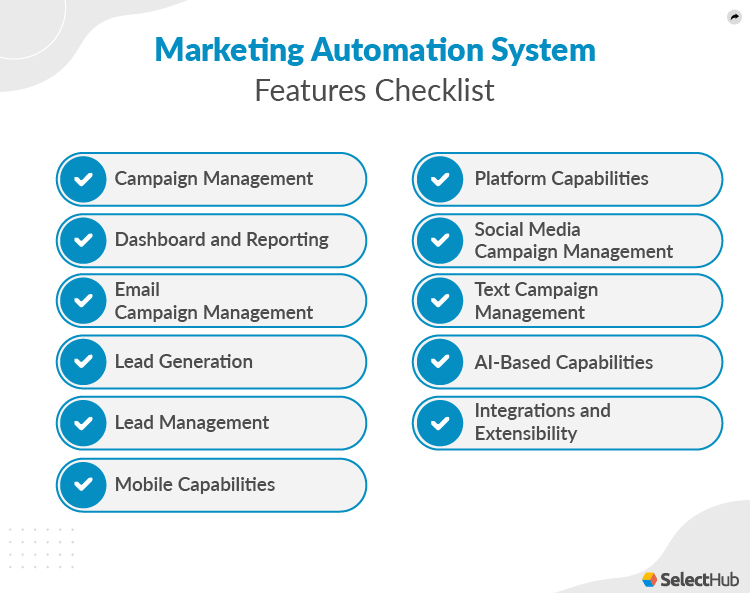
Feature #2: Hosting Marketing Content
This feature enables you to upload and publish your content directly through your marketing automation system. By integrating your website with your automation tools, you can seamlessly manage downloadable assets, landing pages, and email campaigns.
For example, you might upload a valuable resource that requires the user to fill out a form to gain access. Alternatively, you can automate the distribution of content via email, ensuring that the right information reaches the right audience at precisely the right time. This level of control and automation is essential when considering how to plan marketing automation effectively.
Feature #3: Tracking Marketing Content Performance
Tracking the performance of your hosted content is vital for determining what’s working and what needs improvement. By using your SaaS marketing automation platform, you can easily monitor traffic, measure engagement levels, and assess the effectiveness of each piece of content. This feature allows you to identify which elements of your strategy are driving results and where there are opportunities to refine or re-target efforts. Any good marketing automation framework will include this functionality to ensure continuous optimisation.
Feature #4: Tracking Prospect Activities
One of the most time-consuming aspects for sales and marketing teams is manually tracking the activities of prospects as they move through the funnel. Fortunately, marketing automation tools simplify this process by automatically alerting you when a lead takes a key action, such as downloading a resource or hitting a threshold engagement score. This ensures your team can intervene at the perfect moment, allowing them to focus their efforts on leads who are ready to convert, rather than spending time on lower-priority prospects.
Feature #5: Scoring and Grading Leads for Ideal Profiles
As leads flow into your funnel from various inbound and outbound campaigns, you’ll notice that not all prospects are at the same stage of readiness to purchase. This is where lead scoring becomes crucial. Using your marketing automation system, you can assign scores to leads based on their actions—whether that’s engaging with your content, filling out forms, or meeting demographic or firmographic criteria. The higher the score, the more likely the lead is to convert, allowing your sales team to focus on high-value opportunities first.
